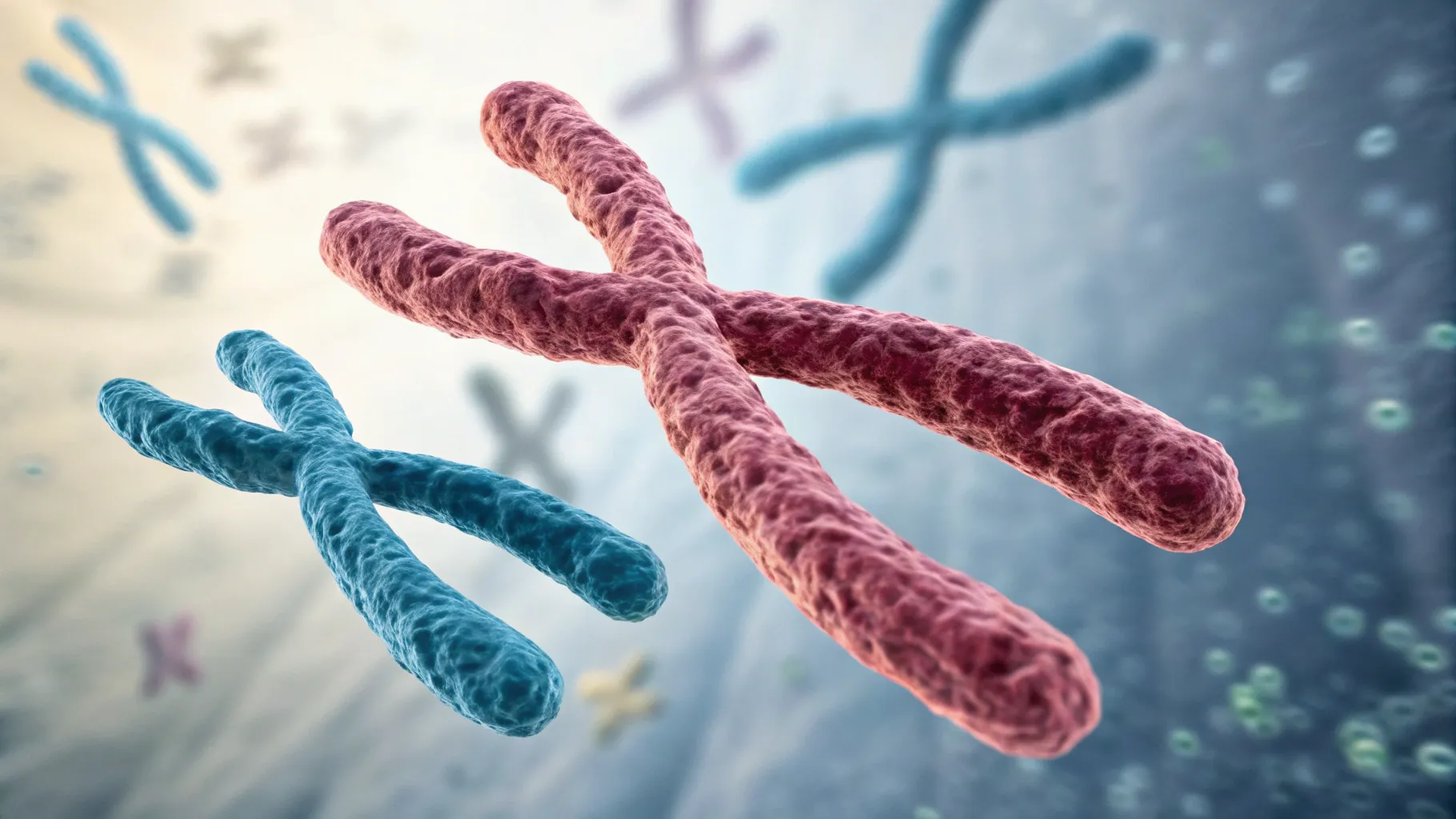Key Takeaways:
- Learn about the key components of a celiac-friendly diet.
- Explore essential foods to include and avoid for optimal health.
- Understand the role of gluten-free alternatives and important nutrients.
Understanding Celiac Disease
Celiac disease is an autoimmune disorder where ingesting gluten damages the small intestine. A stringent gluten-free diet is presently the only effective treatment for this condition, which affects millions of people worldwide. Those living in areas like Denver may seek Celiac Treatment Denver to aid in managing symptoms and maintaining a healthy lifestyle. It is essential for anyone who needs to follow a gluten-free lifestyle to comprehend the complexities of this ailment.
While removing gluten from one’s diet can initially seem daunting, modern advancements in food manufacturing and increased awareness have expanded patients’ options, making it easier to find suitable replacements without compromising nutritional intake.
The Foundation of a Celiac Diet
A gluten-free diet is central to managing celiac disease. This means avoiding foods containing wheat, barley, rye, and derivatives. The focus should shift to naturally gluten-free foods like fruits, vegetables, lean meats, dairy, and legumes. Whole foods are less likely to be gluten-contaminated, making them safe staples for daily meals.
Incorporating Gluten-Free Alternatives
Adopting a celiac-friendly diet often involves exploring gluten-free grains such as quinoa, rice, and corn. Products labeled as gluten-free, like bread, pasta, and cereals, have become widely available and provide convenient options for meals and snacks. According to recent insights from Healthline, these alternatives are vital for maintaining the variety and richness of a non-celiac diet.
Ensuring Essential Nutrients
When eliminating gluten-containing products, it is crucial to ensure that your diet remains nutritionally balanced. Iron, calcium, fiber, and B vitamins are often at risk of deficiency in celiac disease patients. Including gluten-free fortified foods or supplements can help bridge this gap. As recommended by dietitians, incorporating a diverse range of fruits, vegetables, and protein sources is essential to covering nutritional bases.
Also Read: The Psychological Benefits of Playing Golf
Avoiding Cross-Contamination
When gluten and gluten-free foods come into touch, cross-contamination can happen and cause negative reactions. Being vigilant about food preparation surfaces, storing gluten-free products separately, and using dedicated kitchen tools can significantly reduce this risk. Comprehensive awareness and careful meal planning are key in preventing unintended gluten exposure.
Concluding Thoughts
Selecting the right diet is paramount for those with celiac disease. This ensures not only the exclusion of gluten but also the inclusion of necessary nutrients for overall health. As dietary awareness increases, leading a full and satisfying lifestyle while managing celiac disease is becoming more feasible. Education and careful planning remain instrumental in successfully navigating dietary modifications.




